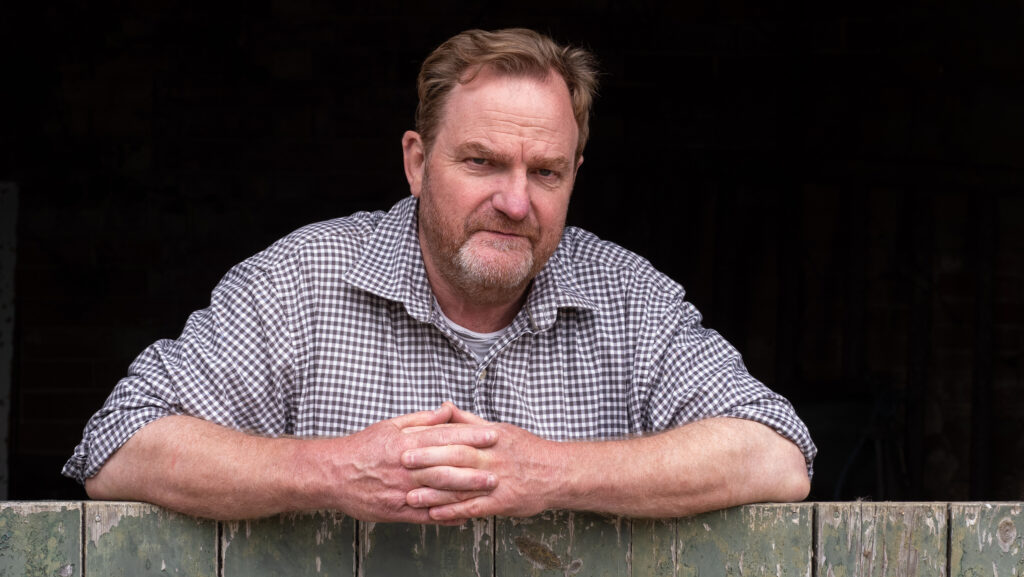Opinion: A new day dawns for the much-maligned mouldboard
 Charlie Flindt © Kathy Horniblow
Charlie Flindt © Kathy Horniblow The clear-out of now-redundant machinery has gone very well over the past couple of years, with combines, sprayers and drills heading off down Hinton Hill on an assortment of lorries and low loaders.
Our simple, owner-driven and well-maintained kit has found itself in high demand. Only the accountant seems unhappy about it.
See also: Opinion – eyewatering kit prices should prompt buying review
The two ploughs, however, have been more difficult to shift.
The Massey 4-furrow sold for peanuts at the local farm auction site, but the Kverneland 5-furrow, with No 28 bodies and the good-idea-on-paper fixed Packomat sat in the yard attracting very little interest, despite the efforts of our hard-working broker.
No surprise, I suppose; ploughs have done nothing but get a bad press over the past couple of decades, condemned as environmental disasters, mostly by the new generation of farming experts who wouldn’t know a tailpiece from a codpiece.
But it sold in the end and, as it disappeared through the village, I realised what a significant day it was: the first day that this farm was without a plough since well, goodness knows.
As a full-on arable farm, there have always been ploughs, faithfully doing whatever we were taught decades ago a plough did.
It’s true that both became mostly idle when financial circumstances meant we went min-till, but they were still there.
It felt somehow not right, and I soon resolved to start hunting for a cheap and cheerful replacement, if only for rejuvenating our wild bird strips. Should be easy, what with ploughs being out of fashion.
Well, that’s what I thought until I was heading for the classifieds in Farmers Weekly last month, and fell off my chair.
In the Arable section, a well-respected no-tiller was given two pages to explain why he is going back to ploughing – and I have to confess much of it seemed very familiar, and some of it even took me back to the soil science lecture room at Newcastle.
His yields stagnated after adopting min-till. Yup, same here. He’s worked out there’s a natural limit on carbon in the soil.
Yup, that’s what we were taught. His earthworms seem to be on strike. Yup, worms love ploughing after all.
He thinks ploughing mineralises essential nutrients, and direct-drilling acts as an immobiliser. Yup, again. Carbon ties up nitrogen in the organic matter.
Ploughing is good for mixing the 4in of high organic matter topsoil with the deeper clay soils, avoiding “stratification”. Just the job for a shiny set of skims.
Ploughing helps grassweed control. We ploughmen know that, and it’ll be even more important as glyphosate resistance builds. (Aren’t regenners using glyphosate at low rates as a growth suppressant? Coincidence, I’m sure.)
And as for the stuff by some famous Russian professor about toxic compounds being found in a dense unploughed surface layer – well, that was news to me, but it made perfect sense.
You know what this all means, of course. Before you know it, ploughing will be the new wonder tool, enthusiastically embraced for its amazing environmental qualities and soil preparation abilities.
We old-school ploughmen will be rolling our eyes and scoffing at the idea that it’s a “new” wonder tool.
The other thing that will happen is that cheap and cheerful 4-furrows might not be so cheap anymore. I’d better get a move on.

